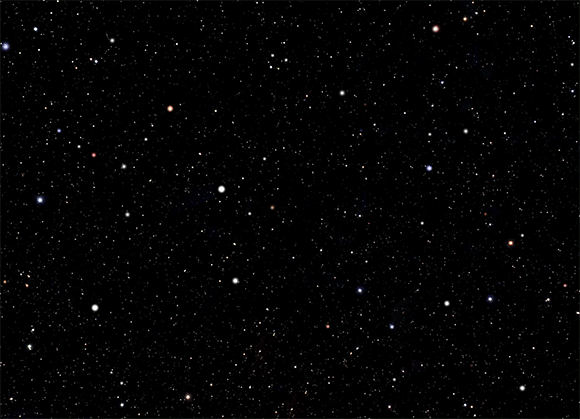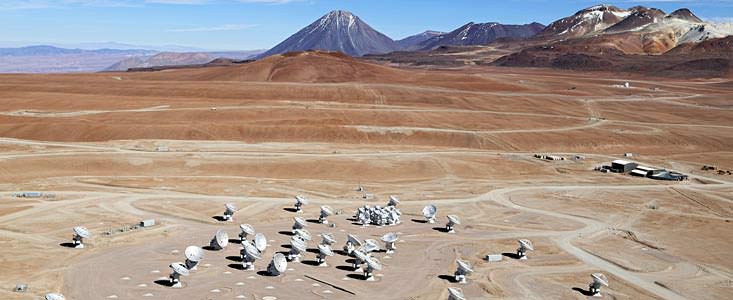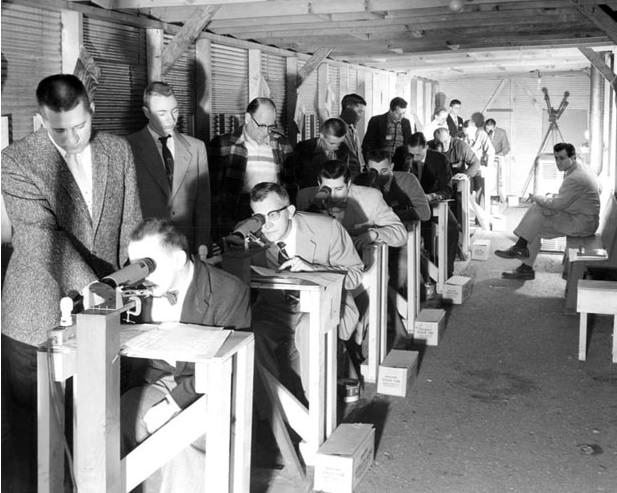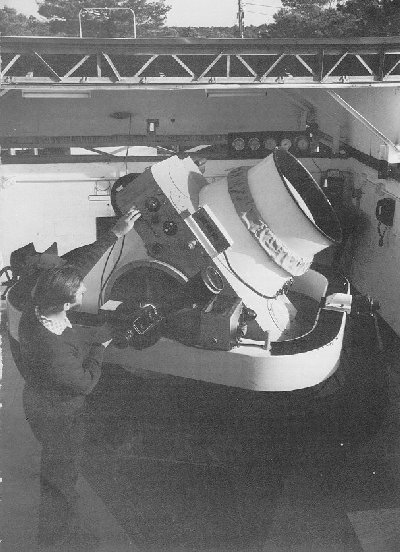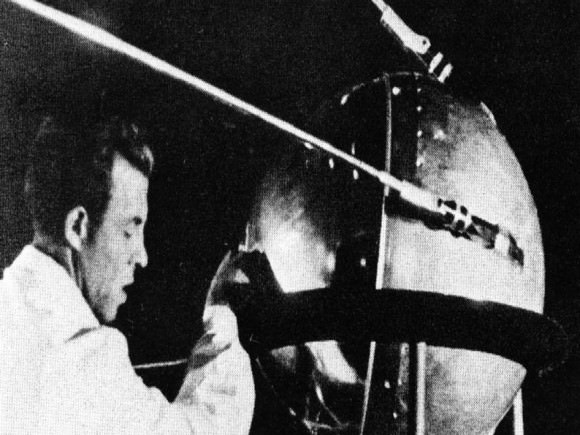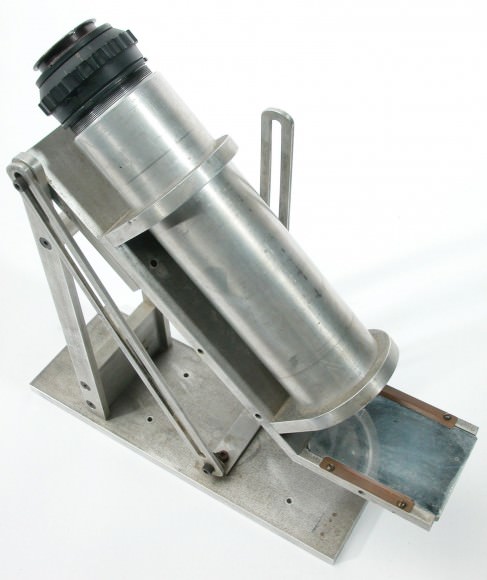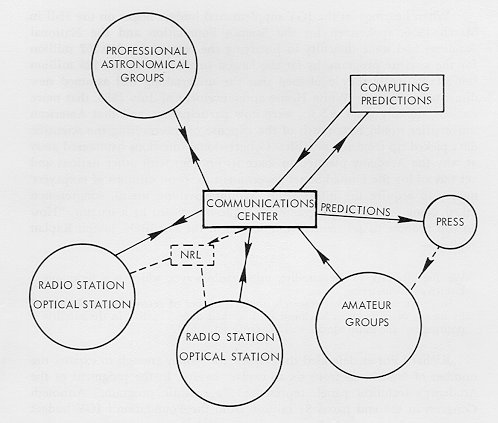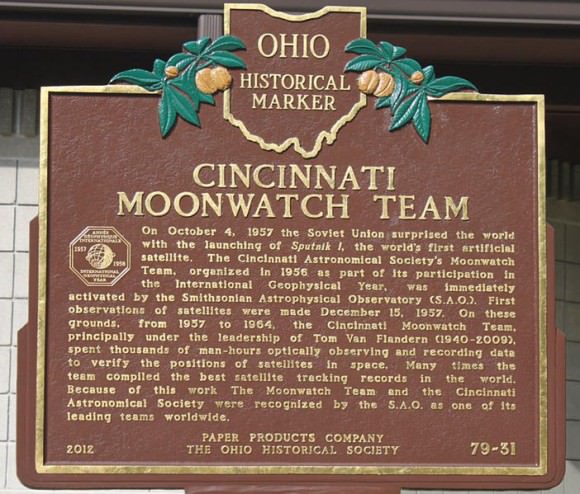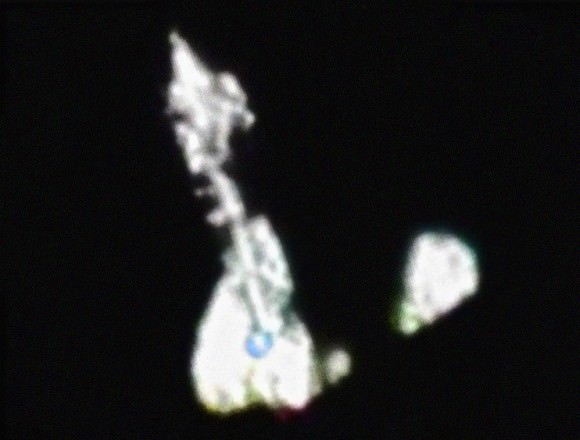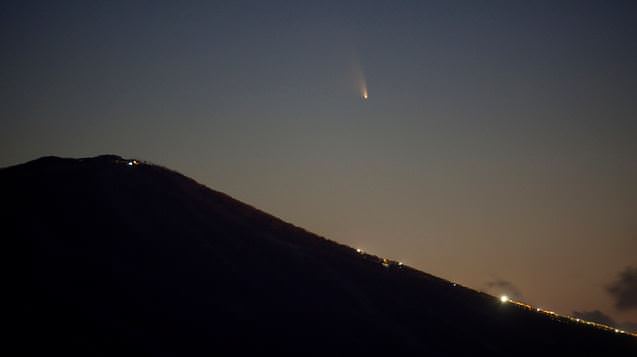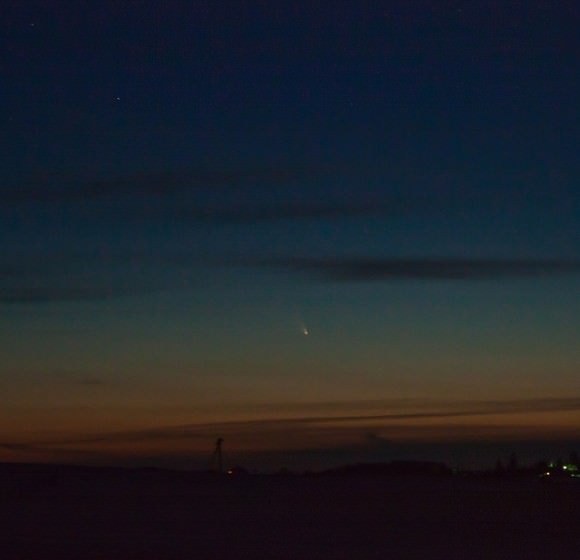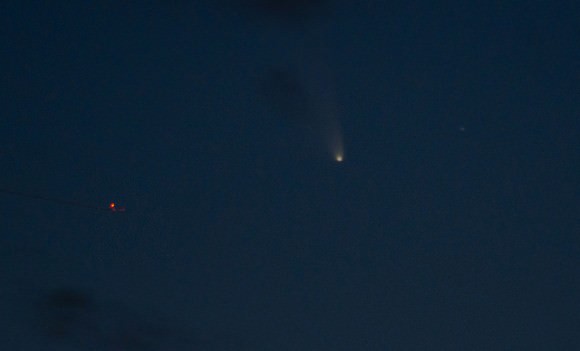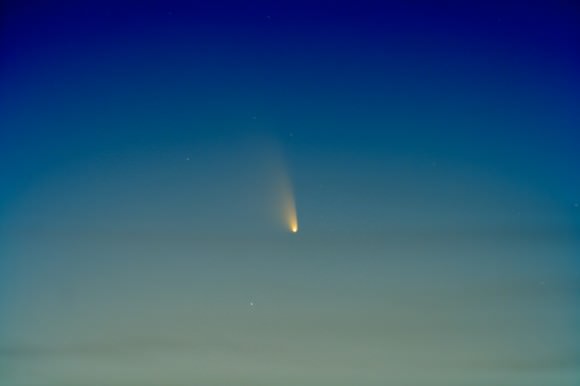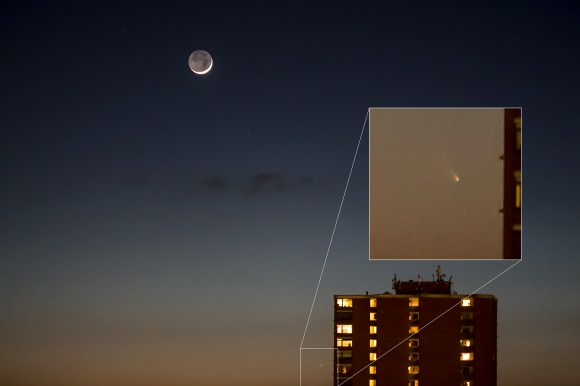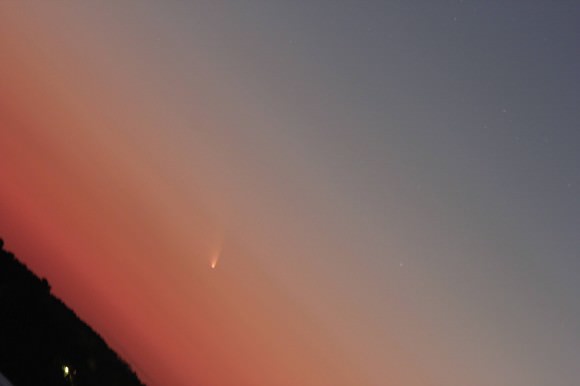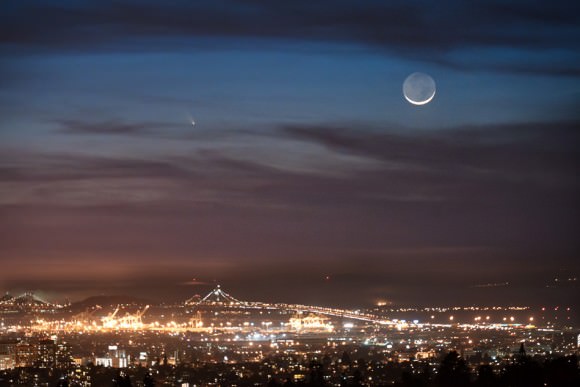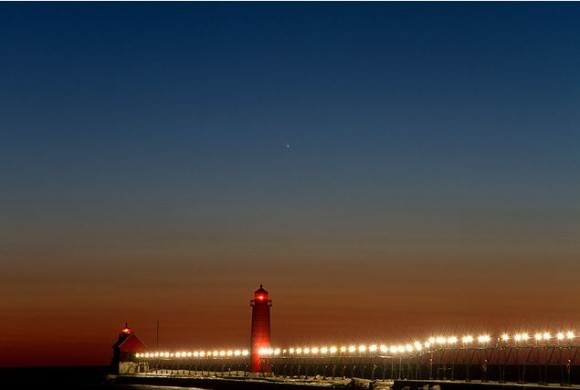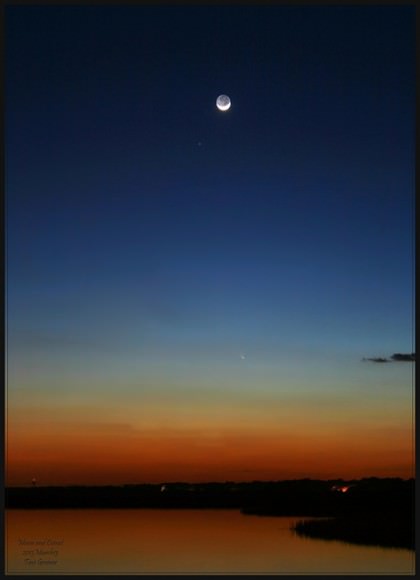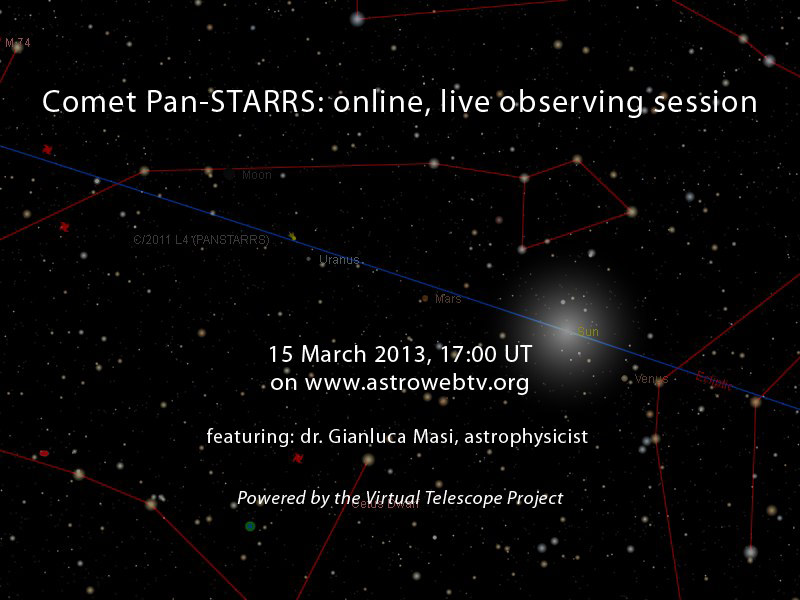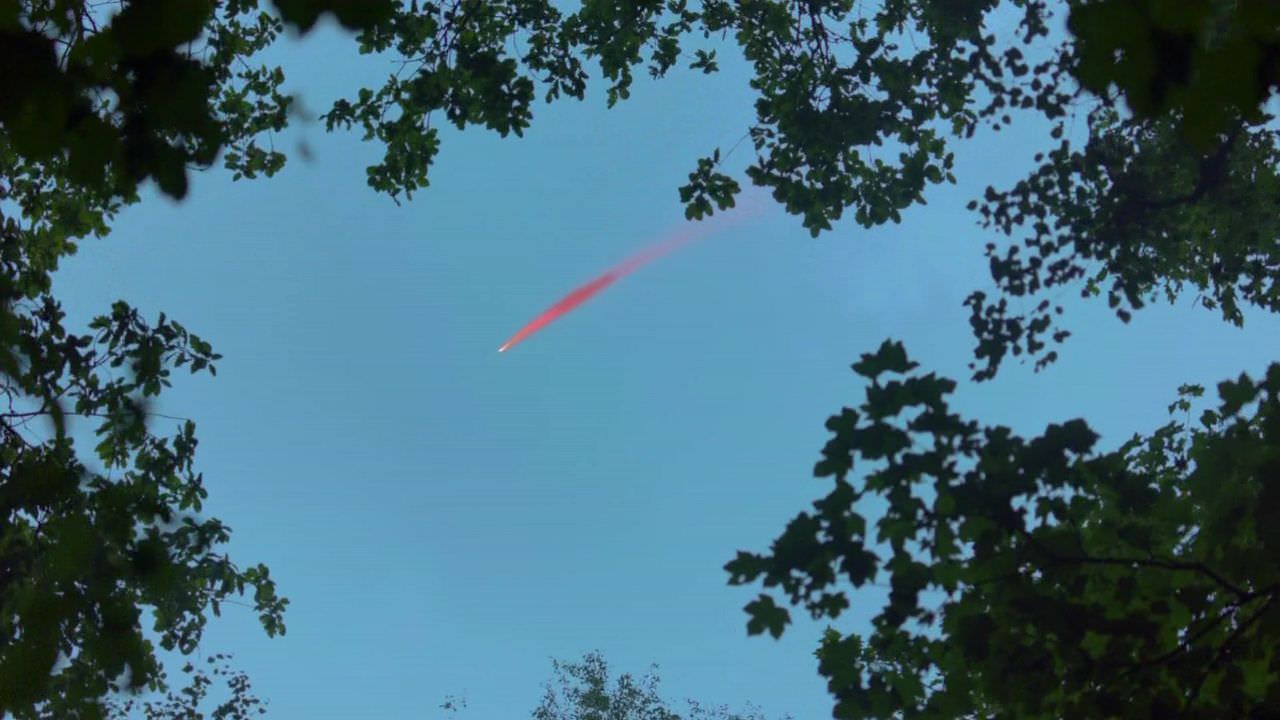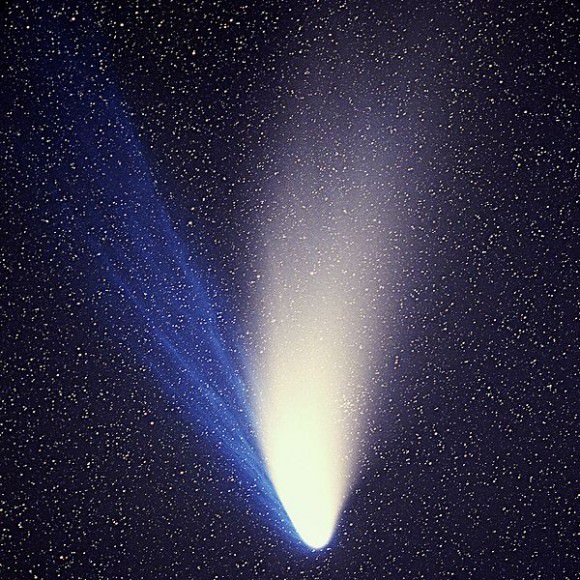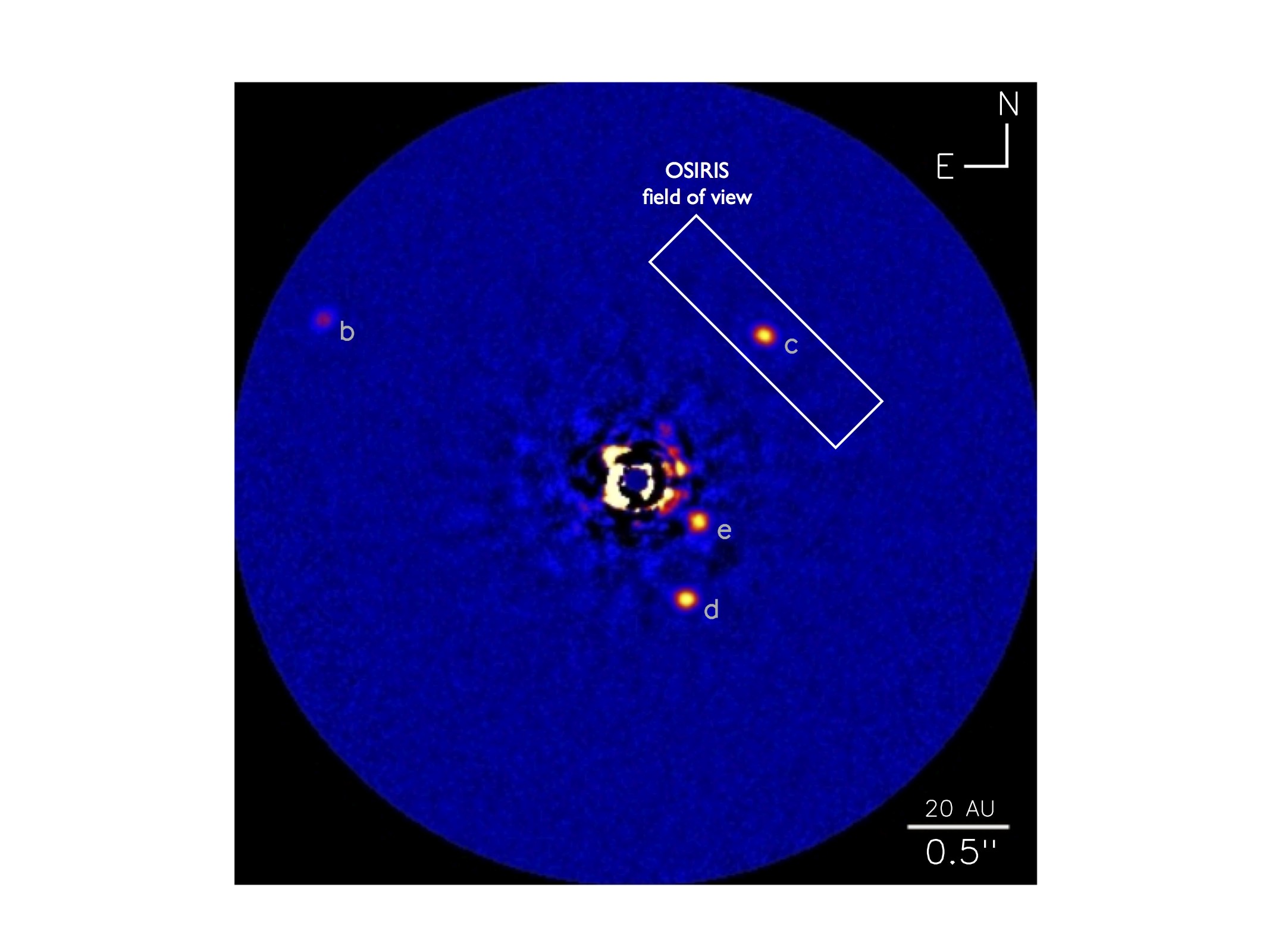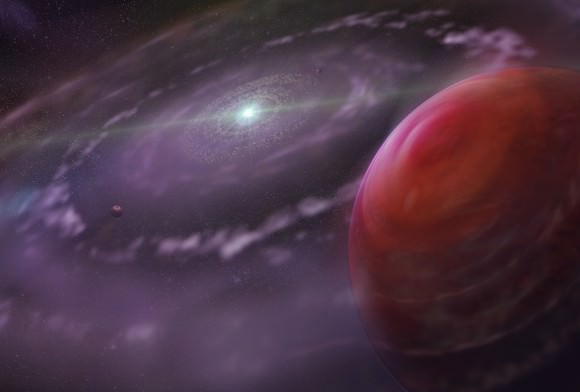As we’ve reported recently, the likelihood of findings habitable Earth-sized worlds just seems to keep getting better and better. But now the latest calculations from a new paper out this week are almost mind-bending. Using what the authors call a “very careful extrapolation” of the rate of small planets observed around M dwarf stars by the Kepler spacecraft, they estimate there could be upwards of 100 billion Earth-sized worlds in the habitable zones of M dwarf or red dwarf stars in our galaxy. And since the population of these stars themselves are estimated to be around 100 billion in the Milky Way, that’s – on average – an Earth-sized world for every red dwarf star in our galaxy.
Whoa.
And since our solar system is surrounded by red dwarfs – very cool, very dim stars not visible to the naked eye (less than a thousandth the brightness of the Sun) — these worlds could be close by, perhaps as close as 7 light-years away.
With the help of astronomer Darin Ragozzine, a postdoctoral associate at the University of Florida who works with the Kepler mission (see our Hangout interview with him last year), let’s take a look back at the recent findings that brought about this latest stunning projection.
Back in February, we reported on the findings from Courtney Dressing and Dave Charbonneau from the Center for Astrophysics that said about 6% of red dwarf stars could host Earth-size habitable planets. But since then, Dressing and Charbonneau realized they had a bug in their code and they have revised the frequency to 15%, not 6%. That more than doubles the estimates.
Then, just this week we reported how Ravi Kopparapu from at Penn State University and the Virtual Planetary Lab at University of Washington suggested that the habitable zone around planets should be redefined, based on new, more precise data that puts the habitable zones farther away from the stars than previously thought. Applying the new habitable zone to red dwarfs pushes the fraction of red dwarfs having habitable planets closer to 50%.
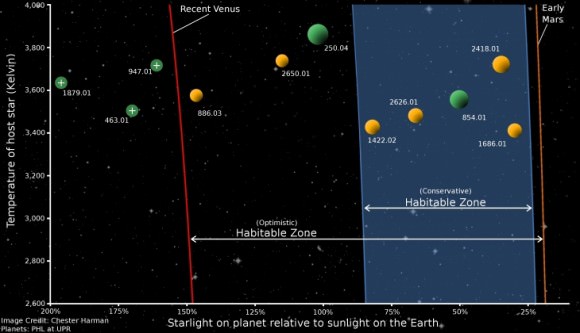
But now, the new paper submitted to arXiv this week, “The Radius Distribution of Small Planets Around Cool Stars” by Tim Morton and Jonathan Swift (a grad student and postdoc from Caltech’s ExoLab) finds there is an additional correction to the numbers by Dressing and Charbonneau numbers.
“This is basically due to the fact that there are more small planets than we thought because Kepler isn’t yet sensitive to a large number that take longer to orbit,” Ragozzine told Universe Today. “Accounting for this effect and enhancing the calculation using some nice new statistical techniques, they estimate that the Dressing and Charbonneau numbers are actually too small by a factor of 2. This puts the number at 30% in the old habitable zone, and now up to about 100% in the new habitable zone.”
Now, it is important to point out a few things about this.
As Morton noted in an email to Universe Today, it’s important to realize that this is not yet a direct measurement of the habitable zone rate, “but it is what I would classify as a very careful extrapolation of the rate of small planets we have observed at shorter periods around M dwarfs.”
And as Ragozzine and Morton confirmed for us, all of these numbers are based on Kepler results only, and so far, while there confirmed planets around M dwarfs, there are none confirmed so far in the habitable zone.
“They do not use any results from Radial Velocity (HARPS, etc.),” Ragozzine said. “As such, these are all candidates and not planets. That is, the numbers are based on an assumption that most/all of the Kepler candidates are true planets. There are varying opinions about what the false positive rate would be, especially for this particular subset of stars, but there’s no question that the numbers may go down because some of these candidates turn out to be something else other than HZ Earth-size planets.”
Other caveats need to be considered, as well.
“Everyone needs to be careful about what “100%” means,” Ragozzine said. “It does not mean that every M dwarf has a HZ Earth-size planet. It means that, on average, there is 1 HZ-Earth size planet for every M dwarf. The difference comes from the fact that these small stars tend to have planets that come in packs of 3-5. If, on average, the number of planets per star is one, and the typical M star has 5 planets, then only 20% of M stars have planetary systems.”
The point is subtle but important. For example, if you want to plan new telescope missions to observe these planets, understanding their distribution is critical, Ragozzine said.
“I’m very interested in understanding what kinds of planetary systems host these planets as this opens a number of interesting scientific questions. Discerning their frequency and distribution are both valuable.”
Additionally, the new definition of the habitable zone from Kopparapu et al. makes a big difference.
As Ragozzine points out:
“This is really starting to point out that the definition of the HZ is based on mostly theoretical arguments that are hard to rigorously justify,” Ragozzine said. “For example, a recent paper came out showing that atmospheric pressure makes a big difference but there’s no way to estimate what the pressure will be on a distant world. (Even in the best cases, we can barely tell that the whole planet isn’t one giant puffy atmosphere.) Work by Kopparapu and others is clearly necessary and, from an astrobiological point of view, we have no choice but to use the best theory and assumptions available. Still, some of us in the field are starting to become really wary of the “H-word” (as Mike Brown calls it), wondering if it is just too speculative. Incidentally, I much, much prefer that these worlds be referred to as potentially habitable, since that’s really what we’re trying to say.”
However, Morten told Universe Today that he feels the biggest difference in their work was the careful extrapolation from short period planets to longer periods. “This is why we get occurrence rates for the smaller planets that are twice as large as Dressing or Kopparapu,” he said via email.
He also thinks the most interesting thing in their paper is not just the overall occurrence rate or the HZ occurrence rate even, but the fact that, for the first time, they’ve identified some interesting structure in the distribution of exoplanet radii.
“For example, we show that it appears that planets of roughly 1 Earth radius are actually the most common size of planet around these cool stars,” Morton said. “This makes some intuitive sense given the rocky bodies in our Solar System—there are two planets about the size of Earth, making it the most common size of small planet in our system too! Also, we find that there are lots and lots of planets around M dwarfs that are just beyond the detection threshold of current ground-based transiting surveys—this means that as more sensitive instruments and surveys are designed, we will just keep finding more and more of these exciting planets!”
But Ragozzine told us that even with all aforementioned caveats, the exciting thing is that the main gist of these new numbers probably won’t change much.
“No one is expecting that the answer will be different by more than a factor of a few – i.e., the true range is almost certainly between 30-300% and very likely between 70-130%,” Ragozzine said. “As the Kepler candidate list improves in quantity (due to new data), purity, and uniformity, the main goal will be to justify these statements and to significantly reduce that range.”
Another fun aspect is that this new work is being done by the young generation of astronomers, grad students and postdocs.
“I’m sure this group and others will continue producing great things… the exciting scientific results are just beginning!” Ragozzine said.

